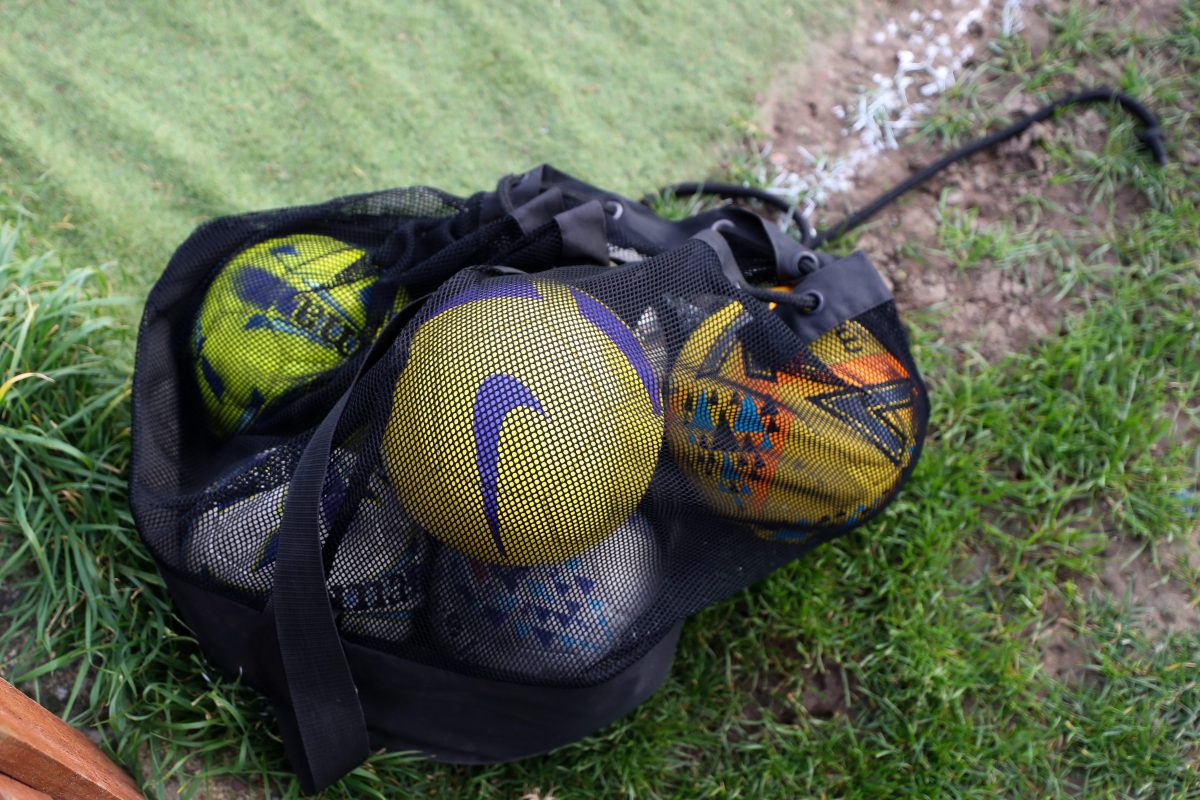Frontline report: Sudzha city taken, Glushkovo city next


Today, there are a lot of updates from the Kursk direction.
Here, the Ukrainians managed to consolidate control of Sudzha and use it as a logistical hub for further assaults in the southern Kursk region. To make things even worse for the Russians, Ukrainians took advantage of weak Russian border defenses to open new vectors of attack along the international borders to expand the area of operations.

The minimal damage to buildings in Sudzha indicates that there was little fighting before Russian forces withdrew. The capture of Sudzha, with its intact infrastructure, provides a strategic advantage for the Ukrainians, enabling them to establish a stable logistical hub to support further operations across the Kursk region. This intact infrastructure allows the Ukrainian forces to set up ammunition depots, field hospitals, troop rotation points, and forward operating bases within the town. As a result, the Ukrainian command can accelerate their advance and consolidate control over newly gained territories.

The urban layout of Sudzha offers Ukrainian forces significant advantages for concealing armored and motorized vehicles, allowing them to accumulate resources for future offensives and repair damaged equipment. The buildings, along with their basements, provide concealed sleeping quarters and hideouts where Ukrainian soldiers can recover and reorganize for upcoming assaults. As an operational hub, Sudzha enables the Ukrainian command to rapidly deploy troops to the frontlines, being just ten to twenty kilometers from all points of the front. In contrast, Ukrainian forces previously relied on Yunakivka in the Sumy Oblast as a staging ground, which is located thirty to forty kilometers from the front.
The establishment of a new logistics hub in Sudzha for the second phase of operations required the Ukrainian offensive group in Kursk to briefly slow down to consolidate their forces. Anticipating this, the Ukrainian command took proactive measures to prevent the Russians from gaining the initiative.

They employed remote mining techniques to strategically place anti-infantry and anti-tank mines along potential Russian assault routes. This approach effectively thwarted Russian counterattacks, as the lack of sufficient armored vehicles in the area made such assaults too costly for the Russians to risk.
Aware that the minefields around Sudzha would slow their progress, the Ukrainians prepared additional combat-ready units to sustain their assault. They opened a new axis of attack from the village of Plekhovo toward the Russian-held town of Giri on the southern flank. The primary objective was to advance along the road south of the Psel River, targeting Giri, which lies to the south of Belitsa. Once this objective was secured, Ukrainian forces positioned in the north at Sudzha could launch a coordinated assault on Belitsa from two directions.

The terrain configuration in the area worked to the Ukrainians’ advantage, as the Psel River effectively secured the northern flank of their main advance toward Giri. The Russians were unable to threaten the Ukrainian flanks in this sector due to the presence of only two bridges crossing the river. These bridges were closely monitored by Ukrainian drones and protected by sabotage and reconnaissance units, ready to eliminate any Russian forces attempting to cross at these narrow chokepoints.
The Ukrainian assault forces advancing toward Giri moved swiftly along the highway from Plekhovo, seizing control of the nearby settlements of Borki, Spalnoye, Krupets, and Kamyshnoye with little to no Russian resistance. However, the Russians had concentrated their forces just south of Belitsa, in Giri, where they staged a well-prepared ambush.

This surprise attack inflicted losses on the Ukrainian formation, forcing them to retreat to Kamyshnoye.
The strong Russian resistance in Giri is due to the concentration of their limited forces in this area. To compensate for their scarcity, Russian troops were covertly deployed on the outskirts of towns with regional significance, such as Giri, which is only administratively separate from Belitsa. However, the massing of Russian forces here means they are stretched thin and absent in other critical areas.
Given the concentrated Russian resistance near Giri, the Ukrainians decided to put their plans to capture Belitsa on hold and redirect their assaults toward Glushkovo west of Sudzha, where Russian defenses are weaker and forces more dispersed. To support further offensive operations in this area, Ukraine positioned a third assault formation along the international border southwest of the Sudzha bridgehead and south of Glushkovo.
The Ukrainian command then activated these assault forces to launch a coordinated operation to capture Glushkovo from two axes of advance: one from Tyotkino and the other from Snagost.

At the border, Ukrainian forces began striking the settlement of Tyotkino using aerial attacks. Combat footage from the area shows that the Ukrainians deployed JDAM-guided bombs to target Russian positions in the village’s high-rise buildings.
In response, the Russians attempted to counter by striking Ukrainian troop concentrations south of Tyotkino, aiming to disrupt the planned Ukrainian strike force. The original, uncensored combat footage of all ground and aerial operations can be found on our Telegram channel through the link in the description.
By capturing Tyotkino, Ukrainian forces will gain access to the Tyotkino-Glushkovo highway, enabling
them to deploy mobile units aboard Stryker armored vehicles for a swift advance toward Glushkovo
from the southwest. Simultaneously, Ukrainian forces concentrated in Snagost would advance along the opposite road, positioning themselves to assault Glushkovo from the east.

Additionally, combat footage reveals that Ukrainian forces used HIMARS to strike a bridge over the Seym River near Glushkovo. The footage shows that the bridge was damaged, with further strikes likely to follow.
The Ukrainians’ efforts to sever Russian logistics and reinforcements to Glushkovo strongly indicate
that an offensive against the town is imminent. Finally, to further limit the flow of capable Russian reinforcements to the northern Kursk region, Ukrainian forces launched an attack on the border village of Poloz in Belgorod. This move aims to pin down Russian units in the area, thereby depleting their defensive capabilities.

As a result, the Russian defensive efforts in the northern Kursk region will be further weakened, allowing the Ukrainians to accelerate their advance and expand their bridgehead. Overall, the Ukrainian command initiated the second stage of the Kursk offensive operation to expand their bridgehead further from Sudzha towards Glushkovo. Expanding territories under Ukrainian control in this area will increase their space for deploying additional assault formations to launch even more powerful assaults to advance to Rylsk and Lgov.
In our daily frontline report, we pair up with the military blogger Reporting from Ukraine to keep you informed about what is happening on the battlefield in the Russo-Ukrainian war.
You could close this page. Or you could join our community and help us produce more materials like this.
We keep our reporting open and accessible to everyone because we believe in the power of free information. This is why our small, cost-effective team depends on the support of readers like you to bring deliver timely news, quality analysis, and on-the-ground reports about Russia's war against Ukraine and Ukraine's struggle to build a democratic society.
A little bit goes a long way: for as little as the cost of one cup of coffee a month, you can help build bridges between Ukraine and the rest of the world, plus become a co-creator and vote for topics we should cover next. Become a patron or see other ways to support.






